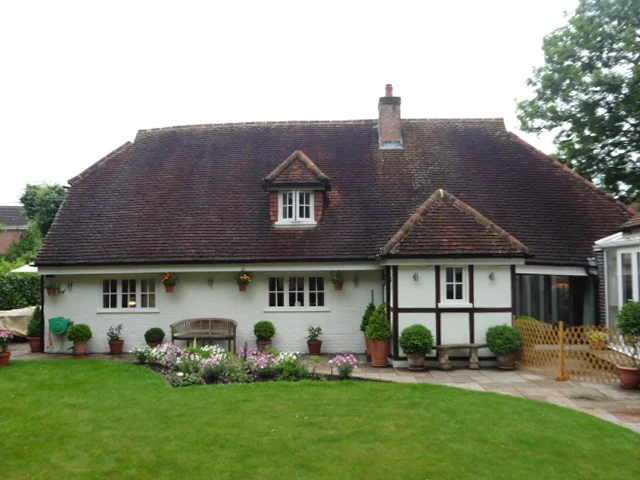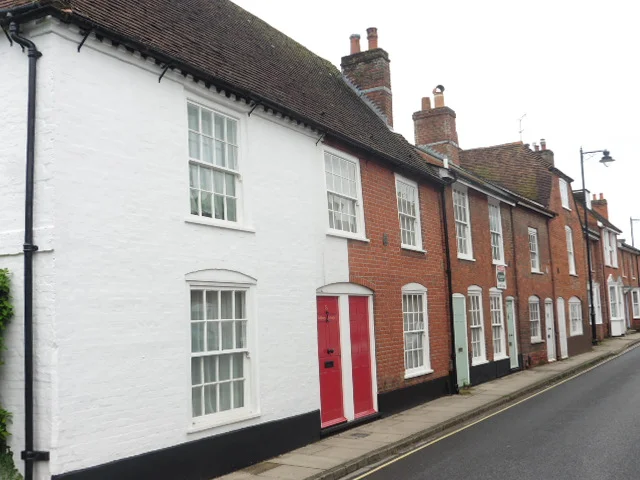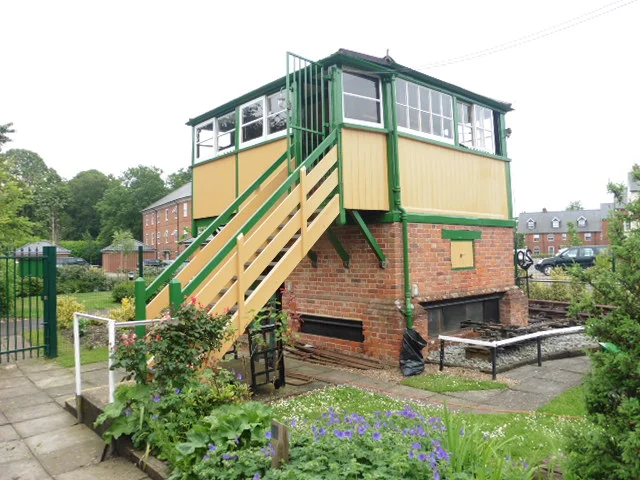The History and Role of R&DBPT
The 1960s and early 1970s were years of rapid change, affecting the whole social fabric of the country and this was nowhere felt more painfully than in the twin disciplines of planning and building, regulated as they were by county and local authorities.
Unfortunately, in many towns and cities across the country, ambitious modernisation schemes, aimed at much of the country's housing stock, were too often equated with aggressive, indiscriminate demolition programmes.
Much of the property had, indeed, been neglected by the dislocations of the preceding half century, largely caused by the effect of two world wars on a previously settled population, but the instrument for solving the problem was blunt and insensitive with the result that vast swathes of buildings, many with considerable historic value, were swept aside and with them familiar townscapes also disappeared.
Other buildings were boarded up to rot or to be vandalised while apathetic councils procrastinated on their future or unscrupulous speculators waited for the site values to rise – the era of planning blight had arrived.
Romsey did not escape during these times and complete streets were razed to the ground as space was created for council flats, car parks and other schemes, invariably with little heed to the appalling effects on the townscape. Some of the buildings that survived the swathe of demolition found themselves adjacent to architecturally unsympathetic new schemes due to indifferent planning control.
Others were developed inappropriately because of new buildings regulations that took little account of the scale and structure of the older properties.
Lack of imagination and short-sightedness thus resulted in a decade when many an important building, created in an era of fine craftsmanship, could be demolished simply because it had damp walls or did not have an inside toilet.




